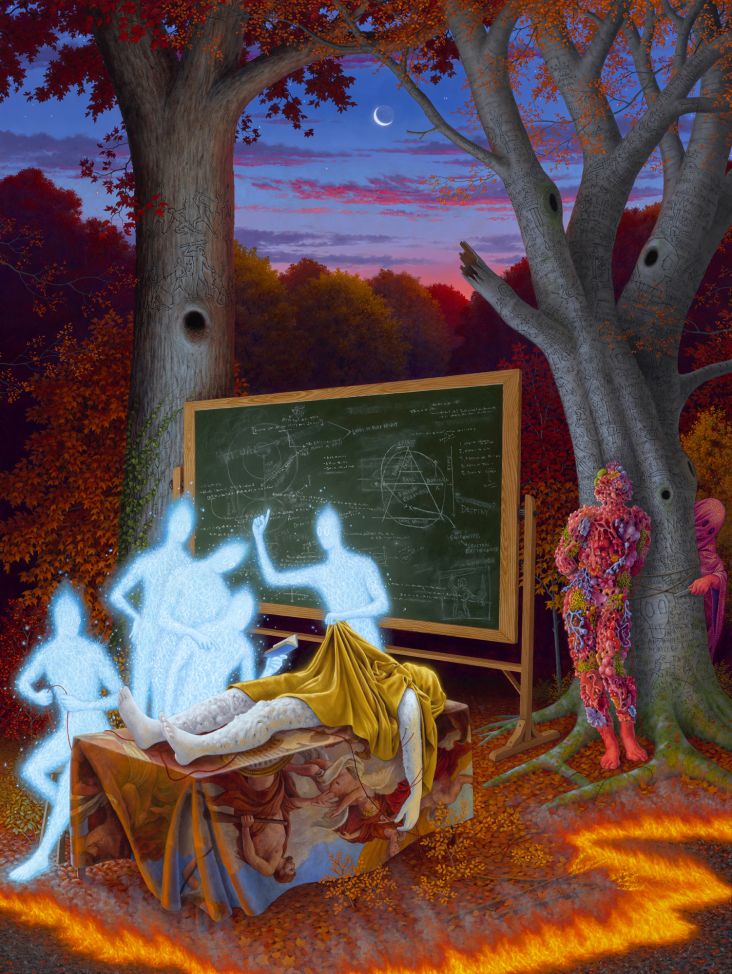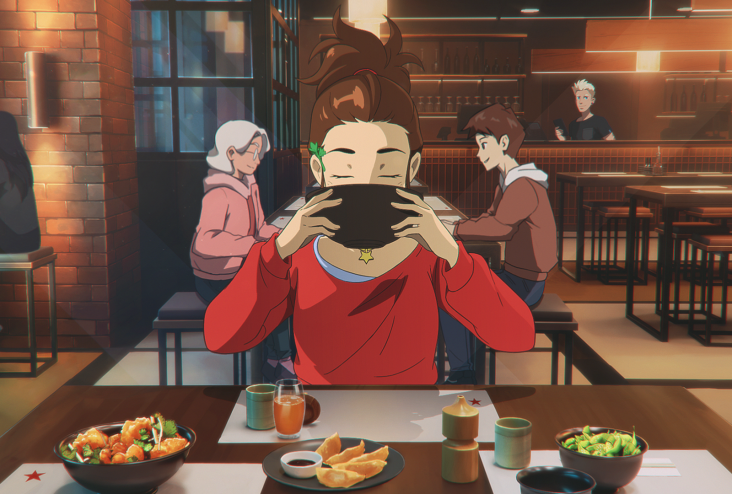Five things they never tell you about becoming a graphic designer
On a typical graphic design course at university, you'll learn about classic design theory: grids, the colour wheel, the golden ratio. What you don't always learn is what earning a living as a designer, day to day, is actually like.

Photo by Stefan Lorentz from Pexels
In this article, we peel back the curtain and provide a few spoilers. So whether you're about to start a university course or have already completed one, read on to discover five things you should know about being a designer, but aren't usually on the syllabus.
1. You'll need motion design skills
Gone are the days when a graphic designer could spend their entire career, only creating static designs. In recent years, with digital devices taking over almost every aspect of our existence, the demand for motion design has risen exponentially across the board; and creative studios have struggled to keep pace.
Consequently, when they're hiring new graphic designers, they'll be looking for people with motion design skills to bolster their client offering. And so however talented and qualified a designer you are, without knowledge of how to make your designs move, you're going to struggle to get into the best jobs.
This isn't something that's mentioned on many university courses, which tend to lag years behind the actual needs of the industry. But once you get out into the workplace, you'll soon realise how important it is. So if you're still early in your career, then it's a great time to put yourself ahead of the pack, by signing up for training with a provider like Created.
2. Attitude is as important as talent
At university, you're encouraged to be an individual and to push your vision. It's about finding your inner voice and unique selling point, and that's all to the good. But remember that once you hit full-time employment, it's no longer just about you.
In the real world of design work, it's more about combining your energies as a team and learning to collaborate effectively with others. So it's now time to start developing a new set of skills, which include adaptability, emotional intelligence, communication, collaboration, commercial awareness, self-leadership and process.
This ties in with the prevailing ethos in design agencies that's often referred to as 'cultural fit'. It basically means that when a studio is hiring or looking for freelancers, they're not just looking for technical skills, but for people who can get on with people and strike the right tone, both in and out of the office. As long as you bear that in mind, you should find it relatively straightforward to find your first job in design and to progress from there.
3. It's all about the client
Your skills, personality and the right attitude are the main things you need to get into your chosen job. But once you're there, you'll ultimately be judged by how well you serve the agency's clients, because they're the ones who ultimately pay your wages.
It would be nice if clients signed off on every idea you suggested and every design you created. But in the real world that doesn't always happen, not least because the client you deal with will have their own bosses to deal with, and their own set of pressures that they're working under.
The more time you spend working with clients, the more adept you'll become at adapting to their needs and finding ways to make them happy. So while some client relationships can be tricky, that's nothing to be afraid of; in fact, they're a natural part of helping you grow as a designer.
4. You can expect candid criticism (and that's okay)
On the whole, the design profession is relatively friendly and chilled-out, and the kind of backstabbing and mutual loathing you see on The Apprentice, for example, is mercifully absent. Bosses are generally supportive and keen to help you progress.
That said, part of being a good mentor is to point out where you're going wrong and can improve, and so you can expect some candid criticism along the way. It isn't always pleasant to hear negative feedback, but as long as you act on it, and use it to improve your approach, it should ultimately turn out to be a nurturing and positive experience. So don't fight it; embrace it!
5. New opportunities are coming
There's no question that the design industry has changed enormously over the last ten years. And it's likely to change just as much between now and 2030. And with that change will come exciting new opportunities.
For instance, the explosion in streaming video we see right now is likely to boost demand for film, TV and animation production. Looking a little further ahead, new technologies like VR, AR and mixed reality are expected to take off big in the coming decade, affecting everything from how we consume news to entertainment to the way we surf the web. In these areas and others, motion graphics skills are likely to serve you well, so if you're thinking about learning a new skill, it's something to keep in mind.
To learn more about how to become a motion designer, visit Created today, and learn about their industry-led motion design course.





 by Tüpokompanii](https://www.creativeboom.com/upload/articles/58/58684538770fb5b428dc1882f7a732f153500153_732.jpg)


 using <a href="https://www.ohnotype.co/fonts/obviously" target="_blank">Obviously</a> by Oh No Type Co., Art Director, Brand & Creative—Spotify](https://www.creativeboom.com/upload/articles/6e/6ed31eddc26fa563f213fc76d6993dab9231ffe4_732.jpg)
















